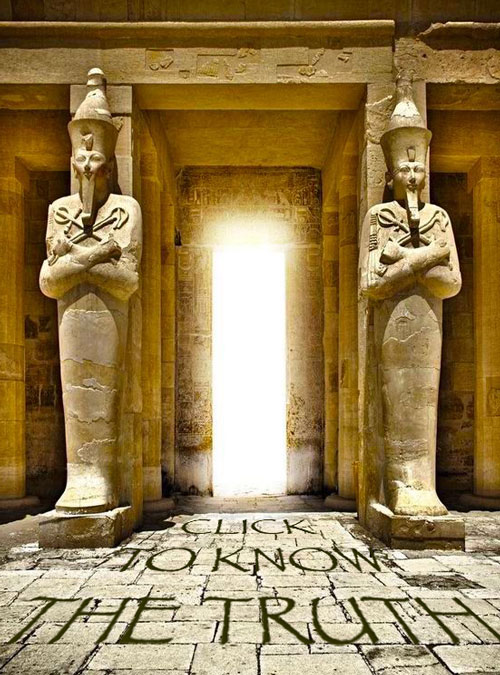Rise to the Equation
In 1200 AD an Italian noticed that plants grow from the ground in a certain way. He observed that when the shoot pushed from the soil it created the stem first. Soon after appeared the first leaves and branches. It looked like this:

The man was called Leonardo Pisano and he lived in Pisa. Today though, he is remembered at Leonardo Fibonacci from filius Bonacci, which means “the son of Bonaccio”. Simply by observing nature, he rediscovered the long lost creation sequence:
1,1,2,3,5,8,13,21,34,55,89,144…
Pythagoras called this God BREATHING ON THE NUMBERS, but today it is simply referred to as the Fibonacci sequence. This series is neither arithmetic (based on the addition of numbers by a constant: 1, 2, 3, 4…) nor geometric (based on the multiplication of numbers by a constant: 2, 4, 6, 8…) but instead recursive. This sequence is based on the addition of two adjacent numbers to produce a third: 1, 1, 2, 3, 5, 8, 13…If we wished to express this sequence as an equation it would look like:
x + 1 = x²
Solving for x using the quadratic equation we get x = 1.618. When using this number we denote it as Φ and refer to it as Phi in commemoration of the Greek sculptor Phidias. We call this relationship the GOLDEN RATIO or 1:1.618.

But Leonardo Pisano did much more than rediscover the Fibonacci sequence—he brought “Indian numbers” to Europe. The familiar digits of 9, 8, 7, 6, 5, 4, 3, 2, 1 and of course 0 became the building blocks of modern mathematics. This sequence identified zero (zephirum) not only as “nothing” but as a number in its own right. Leonardo used this sequence to show merchants how to use these numbers in everyday transactions.
There are three features of this numbering that are helpful: one is the idea that the position of a number in a sequence indicates its size (so 90 = 9 x 10). The second is that this position system only works if one of the ten numerals stands for nothing. The third is that the language of mathematics is only effective if zero is also considered the sign for an operation—the process of changing a digit’s value by moving its place.

Zero then, is the ultimate chameleon.
